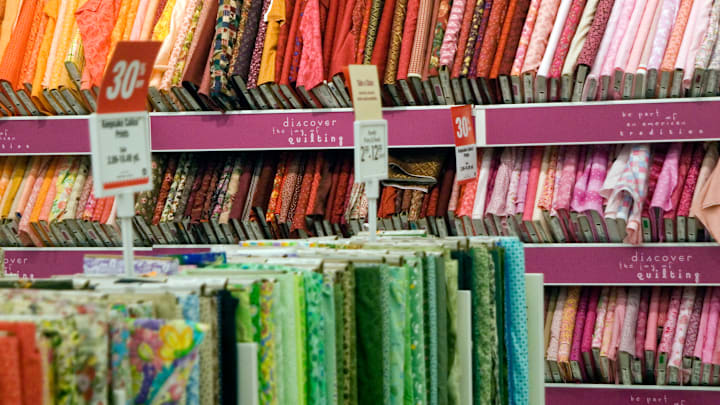Sustainable Materials in Fashion: The Future of Eco-Friendly Fabrics

The fashion industry is increasingly turning to sustainable materials as it seeks to address the environmental and ethical challenges associated with traditional textile production. With growing consumer awareness of the impact of fashion on the planet, there is a rising demand for eco-friendly fabrics that minimize environmental damage while still providing the quality, durability, and aesthetic appeal that consumers expect. The development and adoption of sustainable materials are crucial steps towards creating a more responsible and sustainable fashion industry.
One of the most popular sustainable materials is organic cotton. Unlike conventional cotton, which is often grown using large amounts of water, pesticides, and fertilizers, organic cotton is produced using methods that prioritize soil health, biodiversity, and water conservation. Organic cotton farming avoids the use of synthetic chemicals, reducing the environmental impact and promoting more sustainable agricultural practices. Additionally, organic cotton is often softer and less prone to triggering allergies, making it a healthier choice for consumers.
Another innovative sustainable material gaining traction is Tencel, a type of lyocell fiber made from sustainably sourced wood pulp, typically from eucalyptus trees. Tencel is known for its softness, breathability, and moisture-wicking properties, making it a versatile and eco-friendly alternative to traditional fabrics like cotton and polyester. The production process for Tencel is also more sustainable, as it uses a closed-loop system that recycles water and solvents, minimizing waste and reducing the overall environmental footprint.
Recycled fabrics are also playing an increasingly important role in sustainable fashion. Materials like recycled polyester, which is made from post-consumer plastic bottles, help reduce waste and the reliance on virgin resources. By converting plastic waste into new fibers, the fashion industry can contribute to the circular economy, where materials are continuously repurposed and kept out of landfills. Recycled fabrics offer a way to create high-performance, durable clothing while addressing the environmental issues associated with plastic waste.
In addition to these well-known sustainable materials, there are also emerging innovations in the field of eco-friendly fabrics. For example, fabrics made from algae, mushrooms, and other bio-based sources are being developed as sustainable alternatives to conventional textiles. These materials have the potential to be biodegradable and require fewer resources to produce, making them promising candidates for the future of sustainable fashion.
The adoption of sustainable materials in fashion is not just about environmental impact; it also reflects a broader shift towards ethical consumerism. Consumers are increasingly looking for clothing that aligns with their values, seeking out brands that prioritize transparency, sustainability, and social responsibility. By investing in sustainable materials, fashion brands can meet this demand while also contributing to a more sustainable and ethical industry.
As the fashion industry continues to evolve, the use of sustainable materials will likely become more widespread, driving innovation and encouraging the development of new, eco-friendly textiles. The future of fashion depends on the industry's ability to embrace these sustainable practices and materials, creating a more responsible and environmentally conscious approach to clothing production.